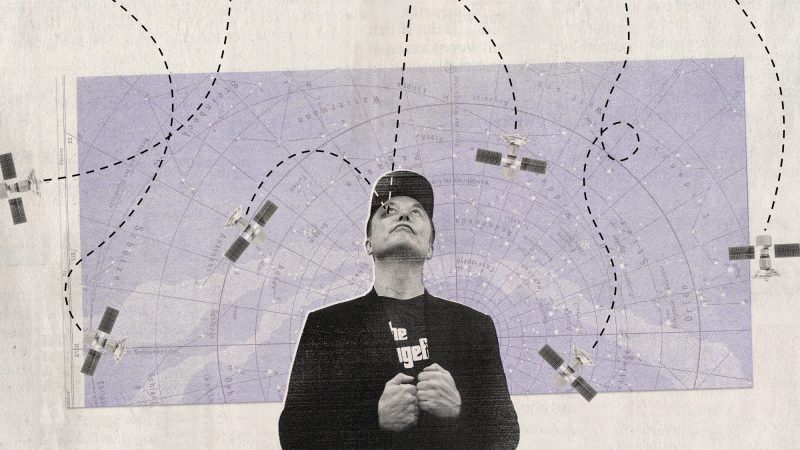
The recent spate of Starlink satellite failures has sparked considerable debate. While SpaceX hasn’t publicly released detailed explanations for the increased deorbiting rate, speculation abounds. Some point to the sheer number of satellites launched – a massive constellation presents inherent challenges in terms of maintenance and operational stability. The complex orbital mechanics involved, along with the potential for space debris collisions, are also contributing factors. Furthermore, the harsh conditions of space, including solar radiation and micrometeoroid impacts, can degrade satellite components over time, leading to malfunction and eventual deorbiting.
However, the narrative isn’t solely focused on technical issues. Some observers have suggested that the increased failure rate might be linked to cost-cutting measures or a prioritization of rapid deployment over rigorous testing. Others highlight the inherent risks associated with such ambitious space projects, emphasizing that setbacks are an inevitable part of the process. Whatever the cause, the falling satellites raise questions about the long-term sustainability of mega-constellations and the potential for space debris to become a significant problem.
The situation is further complicated by the lack of transparency from SpaceX. While the company regularly provides updates on its launches and overall progress, specific details regarding individual satellite failures remain scarce. This lack of information fuels speculation and raises concerns about accountability. Ultimately, a clearer understanding of the causes behind the increased deorbiting rate is needed to ensure the responsible and sustainable development of future space-based technologies. The current situation, however, serves as a cautionary tale about the challenges inherent in large-scale space projects and the importance of robust testing and transparent communication.
It’s important to remember that space exploration is inherently risky. While failures are unfortunate, they are also learning opportunities. Analyzing these incidents can help engineers and scientists refine designs, improve operational procedures, and ultimately build more resilient and reliable satellite systems for future missions. The long-term success of Starlink, and other mega-constellations, depends on addressing these challenges head-on and learning from past mistakes.










